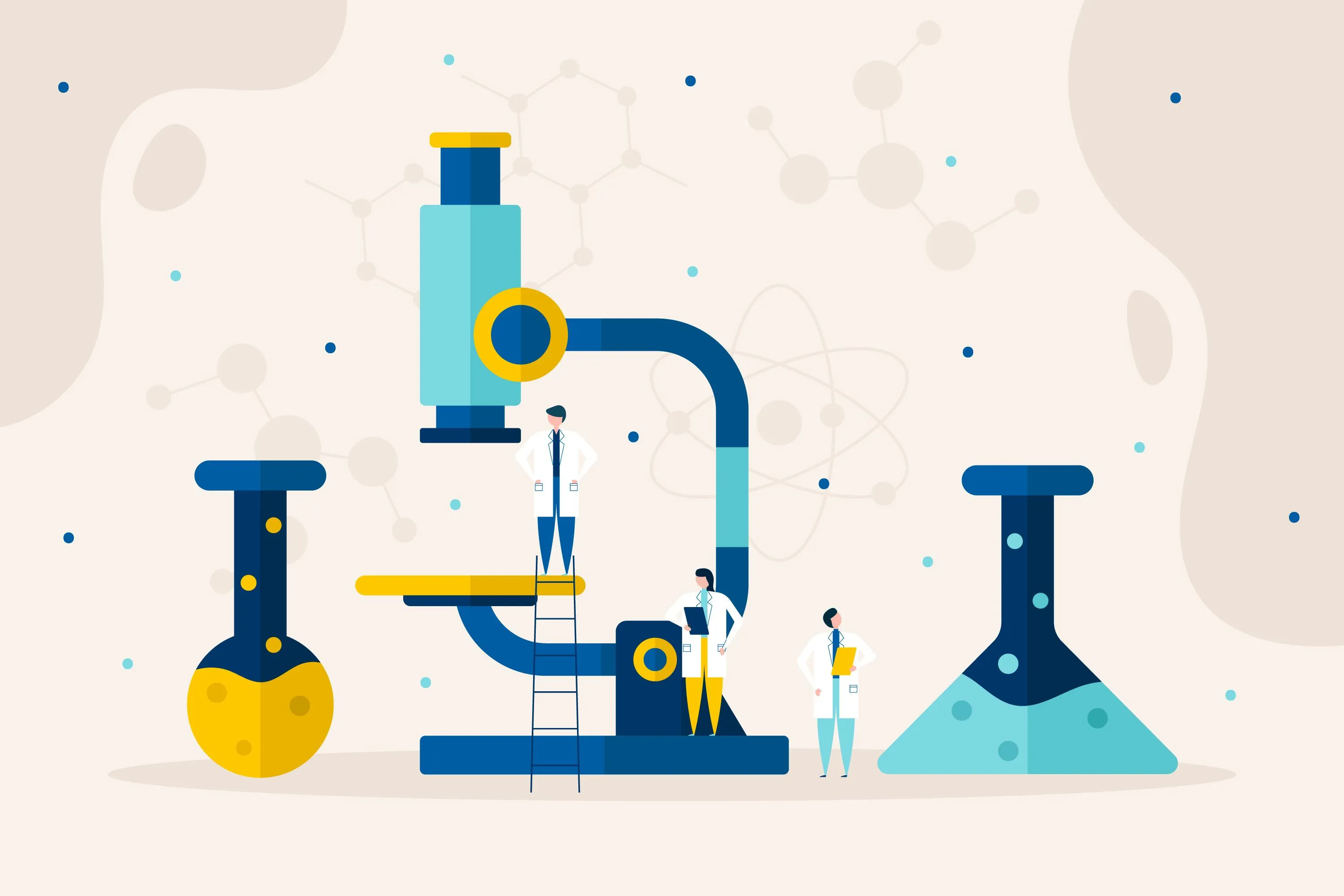
Heading
The chemical industry doesn’t move slowly in production. It moves slowly in decision-making. Plants run at world-class efficiency, but deals still take months to close. The biggest drag on growth isn’t supply or demand. It’s the time it takes to get answers.
Companies use plenty of software already. ERP handles transactions. PLM manages product development. CRM tracks customers. These systems keep the business running but not moving faster. None of them understand chemical data. Specs, certificates, and substitutions live in separate systems and spreadsheets. Each sales cycle turns into a back-and-forth between people and tools, waiting for the next response.
The bottleneck is expertise. A small group of experts knows how everything fits together. They hold the context for compliance, applications, and product equivalence. That knowledge lives in inboxes and memories. As regulations multiply and experts retire, the dependency grows heavier.
Chemical Intelligence changes that. It creates a knowledge backbone for the organization, connecting every system and every user to a shared understanding of the data.
The foundation layer structures information so everyone can access it in real time. A sales rep doesn’t wait a week for someone in R&D to confirm if a product meets a regional regulation. They can check instantly. A compliance lead can pull the latest certificates without hunting through emails. Quotes that used to take weeks now take days.
But not all data projects achieve this. Many companies spend years cleaning and centralizing data only to find they’ve built another static catalog. Platforms like Knowde or basic PIM systems organize information but don’t make it intelligent. Kimia’s Chemical Intelligence goes further by turning structured data into knowledge that can be used by intelligent agents. These agents help users find equivalents, verify compliance, and retrieve the right documents automatically.
The reasoning layer adds context. It understands how a regulation in one market relates to another and how a property or claim links to performance. Compliance teams can see whether a product approved in Europe qualifies for North America without repeating the process. Sales can identify safe substitutes when an ingredient is restricted. The system learns from experts and applies their logic across every transaction.
The applications layer brings that intelligence into everyday tools. Agents built on Kimia’s foundation answer questions, surface insights, and automate parts of quoting and compliance. The same verified knowledge powers internal workflows and customer-facing portals. Everyone works from one shared truth.
This is why Chemical Intelligence belongs beside ERP and CRM. ERP became the transaction backbone of manufacturing. CRM became the relationship backbone of sales. Chemical Intelligence is becoming the knowledge backbone of the enterprise. It captures what people know and makes it available where it’s needed.
Companies that adopt it early are already shortening sales cycles and responding faster to customers. Those that wait will keep relying on limited expertise and slow workflows that can’t scale.
For decades, innovation in chemicals meant new molecules and materials. The next leap is about how knowledge moves.








